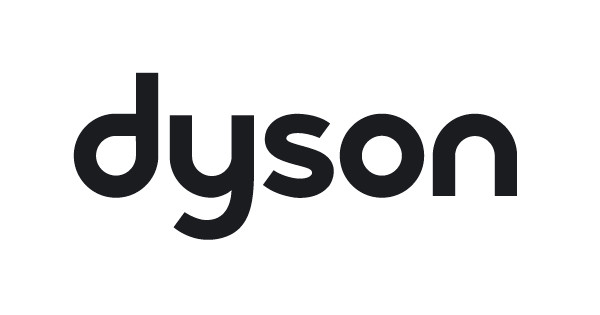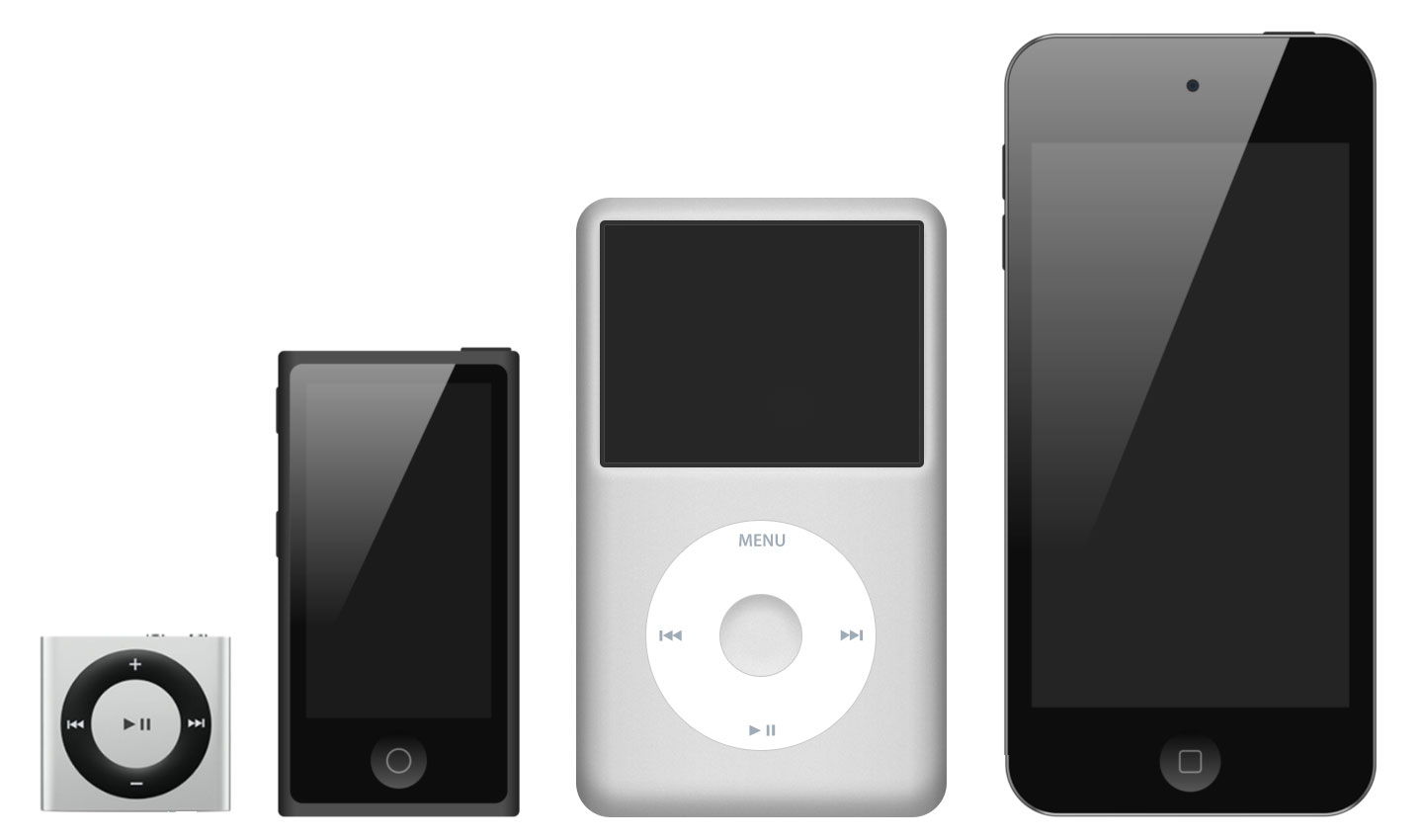Dyson, an electrical manufacturer, is solely owned by Sir James Dyson, and its headquarters are based in Malmsbury, Wiltshire. Dyson was the first company to introduce a bagless solution to conventional vacuum cleaners. After securing a significant market share in the vacuum cleaner industry, the company decided to diversify in to new products and countries. Dyson’s vision is to make products more environmentally friendly and easy to use; his ongoing mission is to promote design and innovation through the production of his products. Today Dyson has a presence in 45 countries and still maintain a 46 % and 32% share in the UK and US Vacuum cleaner market, respectively. Dyson has strong brand recognition, as the qualities projected by James Dyson become associated with the product itself. The product is instantly identifiable by the brand name, because of the innovative design portrayed. Even though Dyson is a leading vacuum cleanerContinue reading
Management Case Studies
Management case studies are real-life examples of issues and problems found in particular workplaces or business organisations. Case study assignments give the opportunity to relate theoretical concepts to practical situations. Most case studies are written in such a way that the reader takes the place of the manager whose responsibility is to make decisions to help solve the problem. In almost all case studies, a decision must be made, although that decision might be to leave the situation as it is and do nothing.
Case Study: iPod, Apple’s Best Innovation
Apple had in effect recognized an opening inside the digital music market. They had acknowledged that there was a drop in sales of digital music players due to the goods presently on the market being inadequate. Apple will have believed that the then current crop of music players were insufficient thus prompting them into designing the phenomenon that is the iPod. Due to the success of the Sony Walkman, Apple decided they wanted to enter the music player market. Therefore the company expanded from the core product of computers and software manufacture into many areas including personal music/media players (iPod). The creator of Apples iTunes was Steve Jobs, an in-house software creator. Apple released the first iPod into the market place on 23rd of October 2001. It proved hugely successful due to the software created by Steve Jobs which allows users to download music directly from the internet to theContinue reading
Case Study of Dell: Driving for Industry Leadership
In 1984, at the age of 19, Michael Dell founded Dell Computer with a simple vision and business concept–that personal computers could be built to order and sold directly to customers. Michael Dell believed his approach to the PC business had two advantages: (1) bypassing distributors and retail dealers eliminated the markups of resellers and (2) building to order greatly reduced the costs and risks associated with carrying large stocks of parts, components, and finished goods. While the company sometimes struggled during the 1986-1993 period trying to refine its strategy, build an adequate infrastructure, and establish market credibility against better-known rivals, Dell’s strategy started to click into full gear in the late 1990s. Going into 2003, Dell’s sell-direct and build-to-order business model and strategy had provided the company with the most efficient procurement, manufacturing, and distribution capabilities in the global PC industry and given Dell a substantial cost and profitContinue reading
Case Study of Dell: Employee Training and Development
Michael Dell, the CEO of Dell Computer Corporation, in a recent annual report, summarized where the CEO stands on the role that learning plays in his company. He said it was people who produced results in any business, laying emphasis on how building a talented workforce remained Dell’s greatest priority as well as its greatest challenge. This challenge contained two primary issues. The first being training, developing and retaining their existing employees so they continue capitalizing on the career opportunities Dell’s growth provides them. The second being to actually successfully recruit employees at all levels to support Dell. The CEO said the company progressed pertaining to both issues in the previous fiscal year, adding Dell would continue to keep it a critical area of focus. Dell filled more than half of its executive-level positions with promotions from within the organization, hiring the remaining externally. Dell also modified its core trainingContinue reading
Case Study: MasterCard’s Business Model
What is MasterCard? But what does MasterCard exactly do? It provides credit, debit, and prepaid cards from over 25,000 financial institutions. However, MasterCard is primarily a credit card company and specializes in the innovation of these cards throughout the world. It is a also a payment solutions company and through its three tiered business model as franchisor, processor and adviser, the company has developed a new world for its card holders and merchants. The company provides marketing, approval, and transaction services for a variety of payment products in more than 210 countries and territories. Regardless of the type of card, all of them act under the “four-party” payment system. Under this system there are obviously four types of people, the card holder, the issuing bank, the merchant, and the acquiring bank. First, the issuing bank provides their customer with a card that they market and issue throughout their locations. ThenContinue reading
Case Study of Mastercard: Going Upscale
Check, cash, or credit card? How many times have you heard that question and replied “credit card” without even thinking about it? When you do think about it, however, credit cards are a relatively new phenomenon. Yet when it comes time to pay, it seems we’re more likely to use the credit card (and to have several of them) than checks or cash. Indeed, some writers have even suggested that, in the not so distant future, we will all operate with “plastic money” all the time. MasterCard had its beginnings in 1966, when a group of banks joined together to form the Interbank Card Association (ICA). The ICA was founded by an association of banks rather than by a single dominant bank. Member committees ran the association by establishing rules for authorization, clearing, and settlement as well as marketing, security, and legal matters. In 1968, ICA went “global” by formingContinue reading



